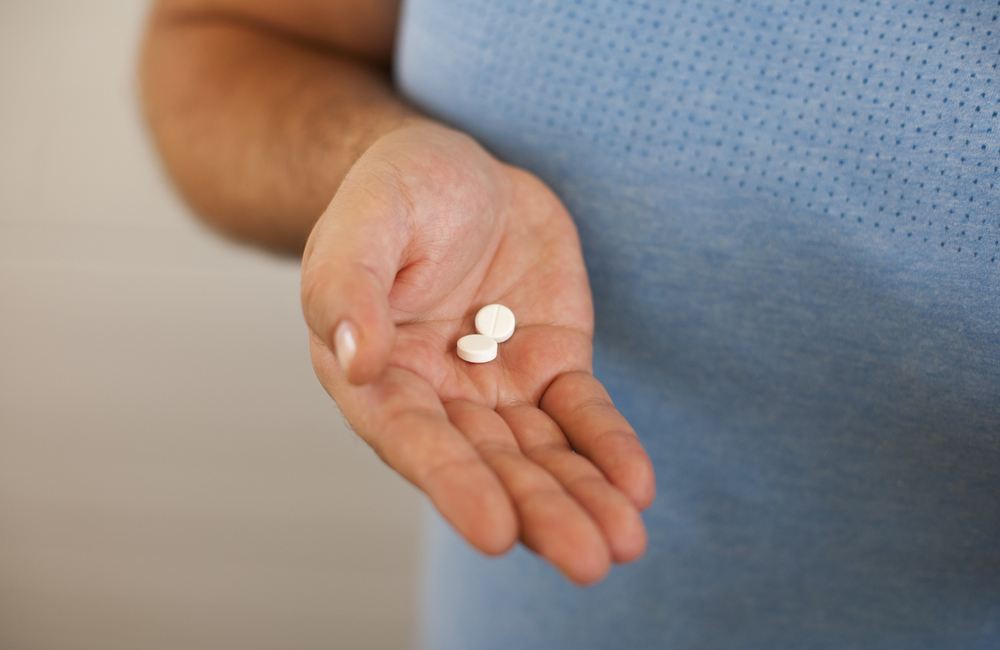
People with HIV who were cured of hepatitis C experienced greater reductions in liver stiffness if they were taking an antiretroviral regimen that contained a non-nucleoside reverse transcriptase inhibitor (NNRTI), Spanish researchers report in the Journal of Antimicrobial Chemotherapy.
Curing hepatitis C infection with direct-acting antiviral treatment can result in improvements in liver health if liver damage is not too advanced. Fibrosis, or scarring of liver tissue caused by an inflammatory reaction to long-term hepatitis C infection, may be reduced after hepatitis C is cured. Liver stiffness is a marker of fibrosis and can be measured by passing sound waves through the liver using a non-invasive device (Fibroscan, or transient elastography). A measurement above 14 kilopascals indicates severe liver damage, or cirrhosis.
Measuring liver stiffness after hepatitis C has been cured can identify people who remain at higher risk of liver complications.
However, it is unclear if the choice of antiretroviral regimen has any effect on liver regeneration. Some antiretroviral drugs less frequently used nowadays have been associated with liver toxicity but the effects of modern antiretroviral therapy on liver regeneration are unknown.
Spanish researchers associated with the GEHEP multicentre cohort wanted to investigate whether the choice of antiretroviral regimen influenced liver regeneration after hepatitis C is cured in people with HIV.
They recruited 313 people with HIV on antiretroviral treatment who had had a liver stiffness measurement above 9.5kPa before starting direct-acting antiviral treatment for hepatitis C and who were cured of hepatitis C. People were eligible for inclusion in the study if their liver stiffness was measured at the time of confirmatory testing for sustained virologic response to direct-acting antiviral treatment, 12 weeks after completion of treatment.
Of the 313 participants, 74 were treated with an antiretroviral regimen that included an NNRTI (either rilpivirine or efavirenz) and 239 were treated with a regimen containing two NRTIs and an integrase inhibitor, or a protease inhibitor plus one or two NRTIs (some received a boosted protease inhibitor and lamivudine).
NNRTI recipients had significantly lower alcohol consumption, higher median CD4 counts (665 vs 527) and had a higher frequency of undetectable viral load (95% vs 80%) than other participants, but were similar in age and gender.
At baseline, the median liver stiffness measurement was 16.7 kPa in the NNRTI group and 17.3 kPa in the non-NNRTI group, a non-significant difference. Forty per cent of the NNRTI group and 34% of the non-NNRTI group had a liver stiffness measurement below 14 kpA prior to direct-acting antiviral treatment.
After direct-acting antiviral treatment, people receiving an NNRTI-based regimen had significantly greater reductions in liver stiffness than people receiving other regimens (35% vs 29%, p=0.018).
A multivariate analysis controlling for age, sex, HCV genotype 3 infection, NRTI backbone and propensity score, showed that NNRTI treatment was the only factor apart from genotype 3 infection that had a significant association with reduction in liver stiffness. The drugs used in the NRTI backbone did not affect the degree of change in liver stiffness.
However, a sub-analysis confined to the 200 people in the study population with cirrhosis at baseline (liver stiffness above 14 kPA) showed no significant advantage to NNRTI-containing treatment compared to other regimens in achieving a liver stiffness reduction below 14 kPA. No other factor was associated with improvement in liver stiffness in people with cirrhosis. Thirty-five per cent of people with cirrhosis had experienced an improvement in liver stiffness to a measurement below 14 kPa by the time of post-treatment measurement. Forty-five per cent of people receiving an NNRTI experienced a reduction in liver stiffness below 14 kPa, the highest proportion of any sub-group, but this change did not reach statistical significance, possibly due to the relatively low number of people taking NNRTIs in this population.
The researchers say that NNRTIs may speed up the process of liver regeneration by encouraging apoptosis (programmed cell death). They recommend further research in people with HIV to determine the long-term impact of NNRTI treatment on liver stiffness after hepatitis C cure.
Gonzalez-Serna A et al. Liver stiffness change with HCV cure in HIV-infected patients on non-nucleoside analogues. Journal of Antimicrobial Chemotherapy, published online ahead of print, 22 May 2021.
